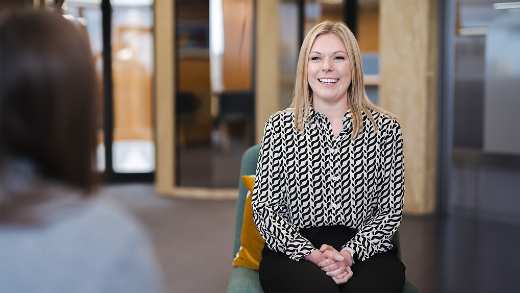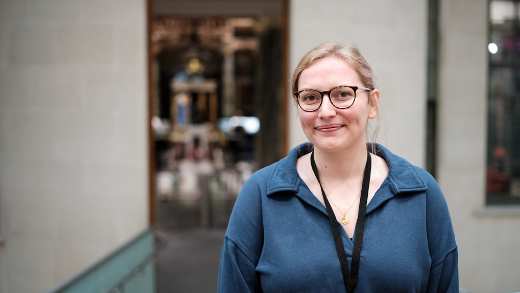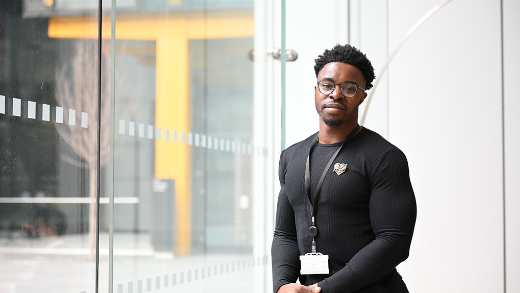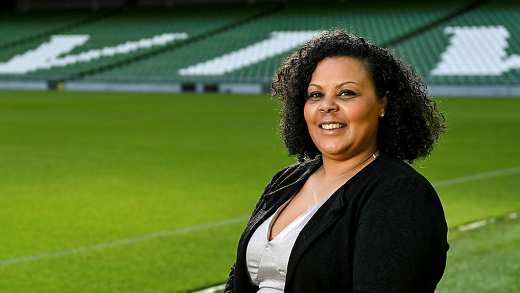Matt Gordon can personally approve cover close to $2 billion. But how do we weigh up the risks when we insure something new?
Think of insurance, and the first image that comes to mind is likely to be a personal product: cover for your car perhaps, or a travel policy for the summer holiday. It’s easy to overlook the rest of the picture and miss what insurance means for the economy more widely.
The value of insurance to businesses
Simply put, UK plc would grind to a halt without it. From delivery lorries to company cars, warehouses to factory production lines, supermarkets, theme parks, bars, shops and offices, every corner of the economy depends on businesses like ours. And the so-called London Market, and in particular Lloyd’s, attracts brokers and customers to the UK from all over the world.
The Association for British Insurers puts the industry’s direct contribution to the nation’s finances at nearly £30 billion a year. This is dwarfed in turn by the overall value of economic activity enabled by the sector. Aviva’s commercial underwriting alone supports UK companies with a combined turnover of well over £1.5 trillion, and there are big plans to grow this side of the business further.
Matt Gordon, the Underwriting Director for Specialty & Property Investors in Aviva’s Global Corporate and Speciality business, can personally approve cover with $2 billion limits for some of the world’s best-known companies. But as he explains, there’s a lot more to it than money:
“I can honestly say I’ve had a fantastic career in the London Market Insurance industry, and I could never have imagined the scope of opportunities available when I first started 20 years ago.
"Back when I started my job was primarily to price and assess risk in order to meet the financial objectives of the company. That’s how we looked at it. Things have changed massively since then.
"Of course, we can’t run at a loss, or we’d be out of business, so financial objectives remain important - but now it is much more about delivering good outcomes for the customer, meeting new emerging customer needs, and doing our bit from an ESG perspective to live up to our responsibility to our communities and the planet. It’s become far more complex but far more interesting too.”
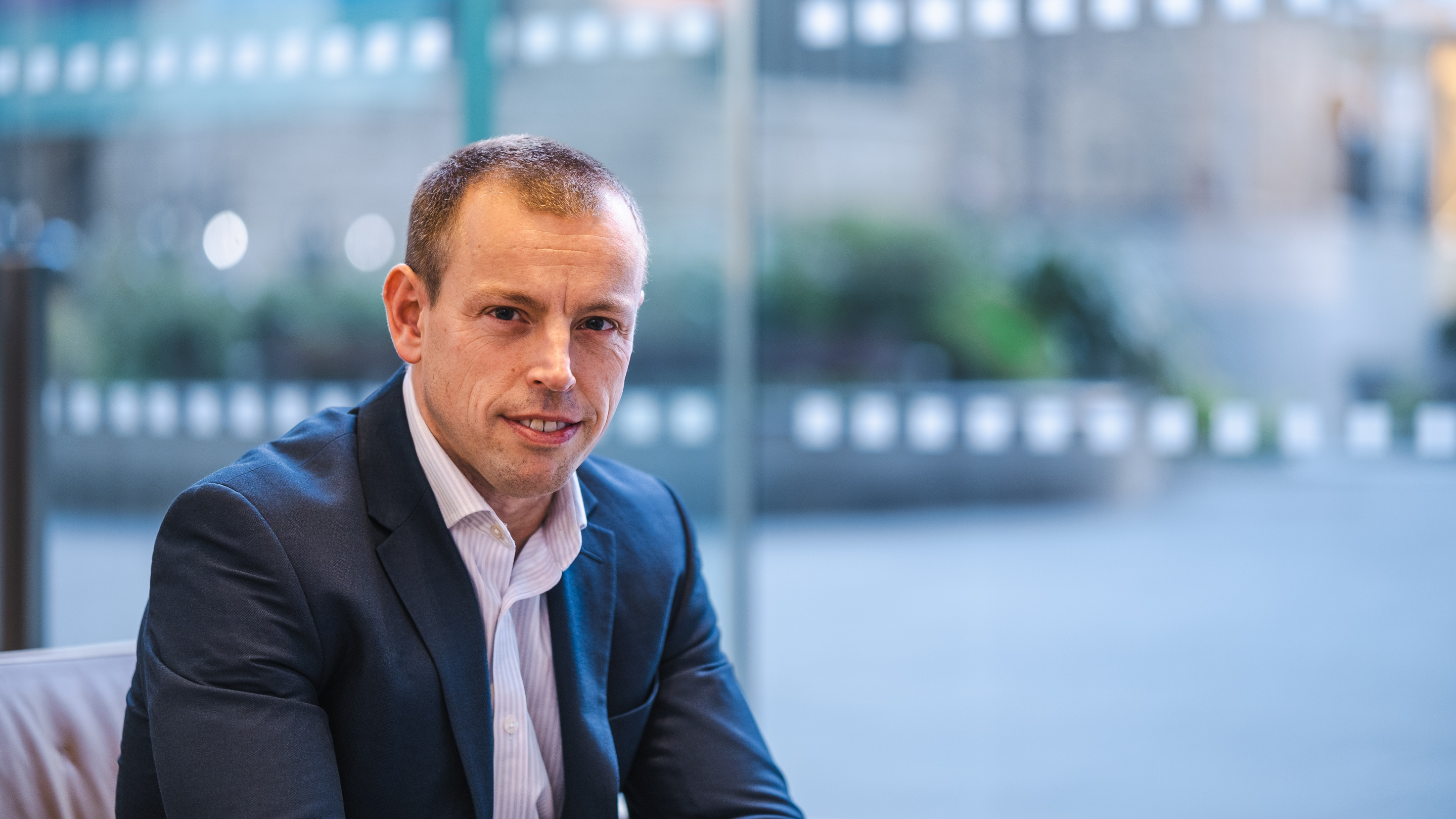
Protecting businesses large and small
Our commercial underwriters cover everyone from small enterprises to multi-national companies. A plumber, for example, might want to insure their equipment and van, and have their legally required employer’s liability cover for employees of the business. At the other end of the scale, global corporate customers have sophisticated needs, including highly specialised classes like cyber cover or the important growth area of green energy production.
Aviva stopped insuring thermal coal power in 2019. The decision is part of the company’s commitment to be net zero by 2040, not only in our own operations, but across our whole business, investment and supply chain too. Since then, our renewable energy insurance business has grown to more than 150% of the size of the fossil fuel power generation book we exited.
By helping to insure the transition, we can lead the way in some of these emerging risks and help bring about the shift to a low-carbon economy the world so desperately needs. But because the risks involved with ever taller wind turbines and upcoming technologies like hydrogen are relatively new, the way we work has to evolve too.

Covering new risks
The first time you cover something totally new it is a bit of a blend of art and science - you use the often limited data you have and try to apply it in a sensible way. If you get it wrong, you lose money, or maybe price yourself out of the market by charging too much. But the more you do it, and the more you learn, the better your understanding of the new risks becomes, and that data lets you home in on the best, most competitive offering.
Battery energy storage solutions (BESS) are just one example. Increasingly, the UK is getting its energy from wind and solar. However, these provide intermittent power supply and so BESS is needed to store excess energy and then release it when the wind doesn’t blow or the sun doesn’t shine to meet demand.
The vast majority of BESS are lithium ion, and there is the risk that if there's a fault they can self-ignite. At an industrial scale, if that happens there is a chance of something called thermal runaway, where the heat in one battery pack reaches a point that it causes a chain reaction in adjacent battery packs and you lose the whole installation.
There have been a number of high profile losses which means many insurers have avoided this area. But it’s a critical part of the UK’s energy transition and it needs insurance. How do you go about pricing, and managing something like that? Matt explains:
“First, we take the value of the potential loss - let’s say it would cost £10 million to totally rebuild or replace.
"Then you look at what can go wrong, likely probability using whatever external data is available and apply a risk rating depending on the chances and severity of various scenarios.
"In this case most of our losses would be from fire. There is potential for other losses too such as flood, but most of it is the fire rate. And we can look at the rates we have for other types of occupations and adjust accordingly.
"An office block, for example, is relatively low risk. A widget manufacturer is higher risk, because there’s more machinery in the factory for example. A tyre recycling plant can be very challenging - a fire there can be put out and start burning again weeks later, so that tends to carry a far higher fire rate.”
Prevention
There’s a lot more to it than just writing the business and then walking away to let fate take its course. The other side of things is risk engineering.
Aviva has a large team of specialists who work with business customers to help reduce the risk of something going wrong in the first place. Which is good news for the customer and the insurer.
This could be automatic fire suppression systems, and spacing out the battery packs to avoid the thermal runaway, for example. And then teams visit sites to be another pair of eyes on what more can be done.
It’s all about prevention, and protecting in advance, rather than picking up the pieces later.
Along with a competitive price, customers are looking for comprehensive cover, great claims service, and risk management advice, which can be a big advantage over competitors. The more we understand new risks, the better we can price them, and the better we are as expert partners for our customers.
Lightning strikes
Lowering the risk does not mean removing it completely, of course. The messy chaos of life can still throw a curveball or two. Matt remembers a whiskey distillery he had authorised a policy for that was struck by lightning. There was not much damage, although some of the casks split open.

Unfortunately lightning then struck again, and the second bolt started a fire that led to a multi-million pound loss.
Which just shows, we can never remove the risk completely. What we can do is make disasters much less likely, and much less costly overall when they do happen. And that in turn filters through the whole economy.
By reducing uncertainty for businesses we can give them the confidence to grow, which in turn creates jobs and growth in the economy.
Find out more about:






